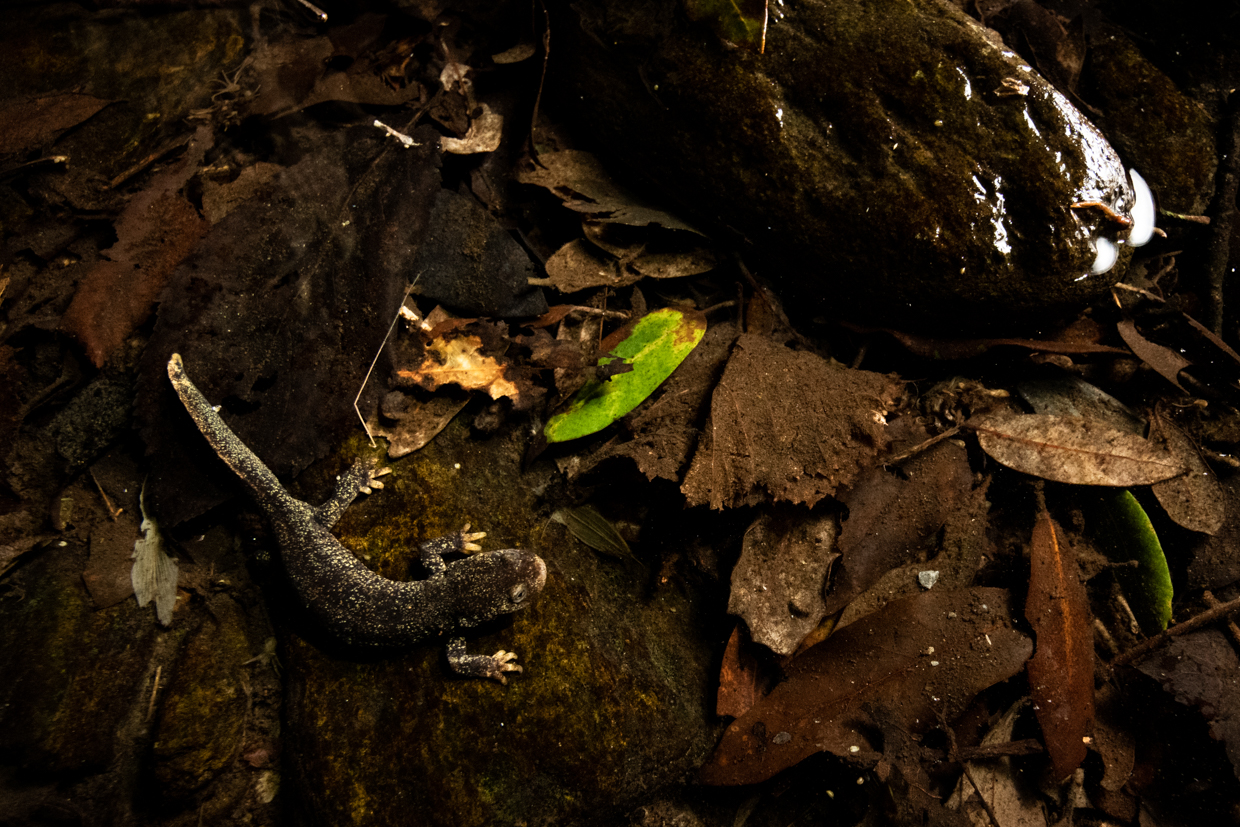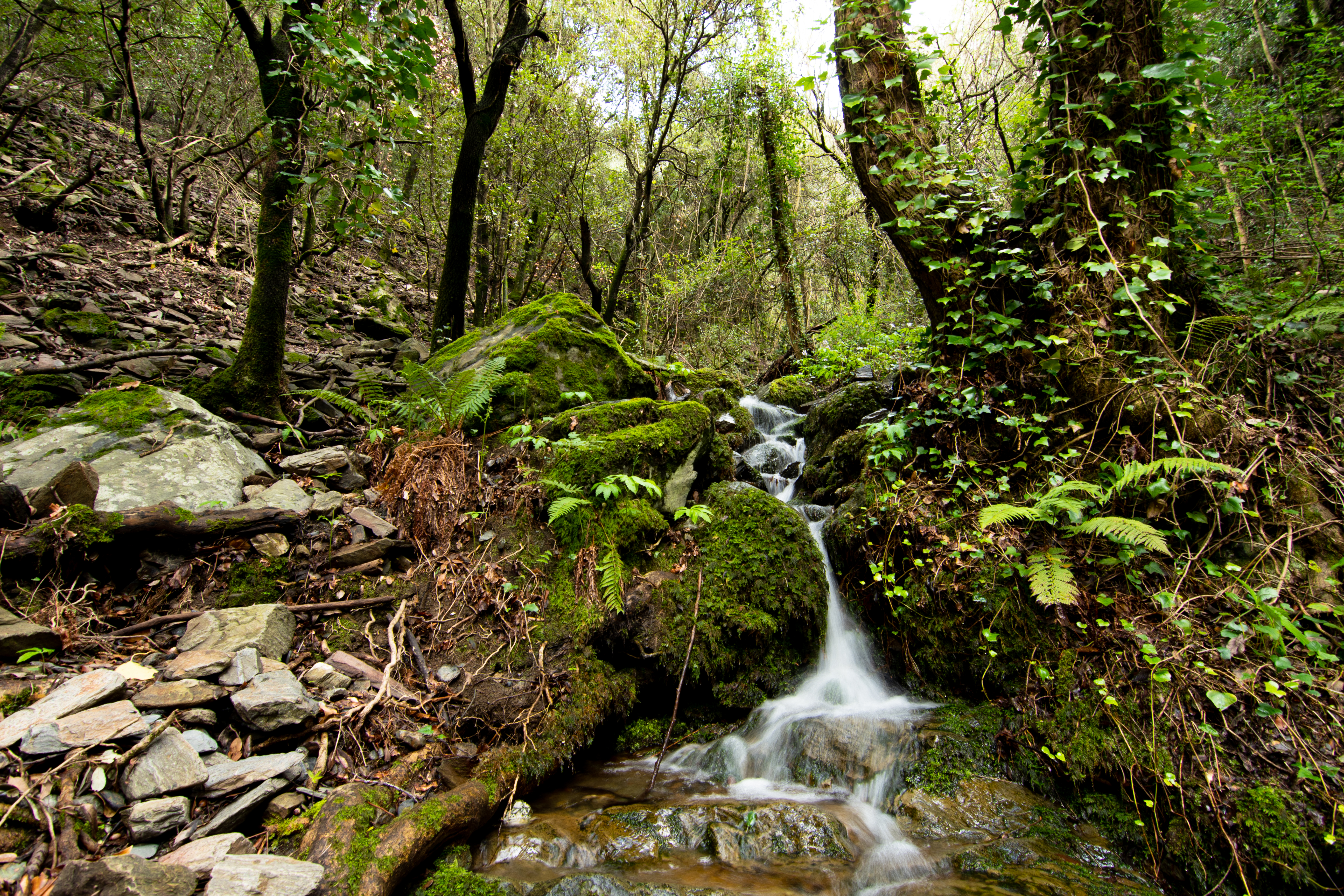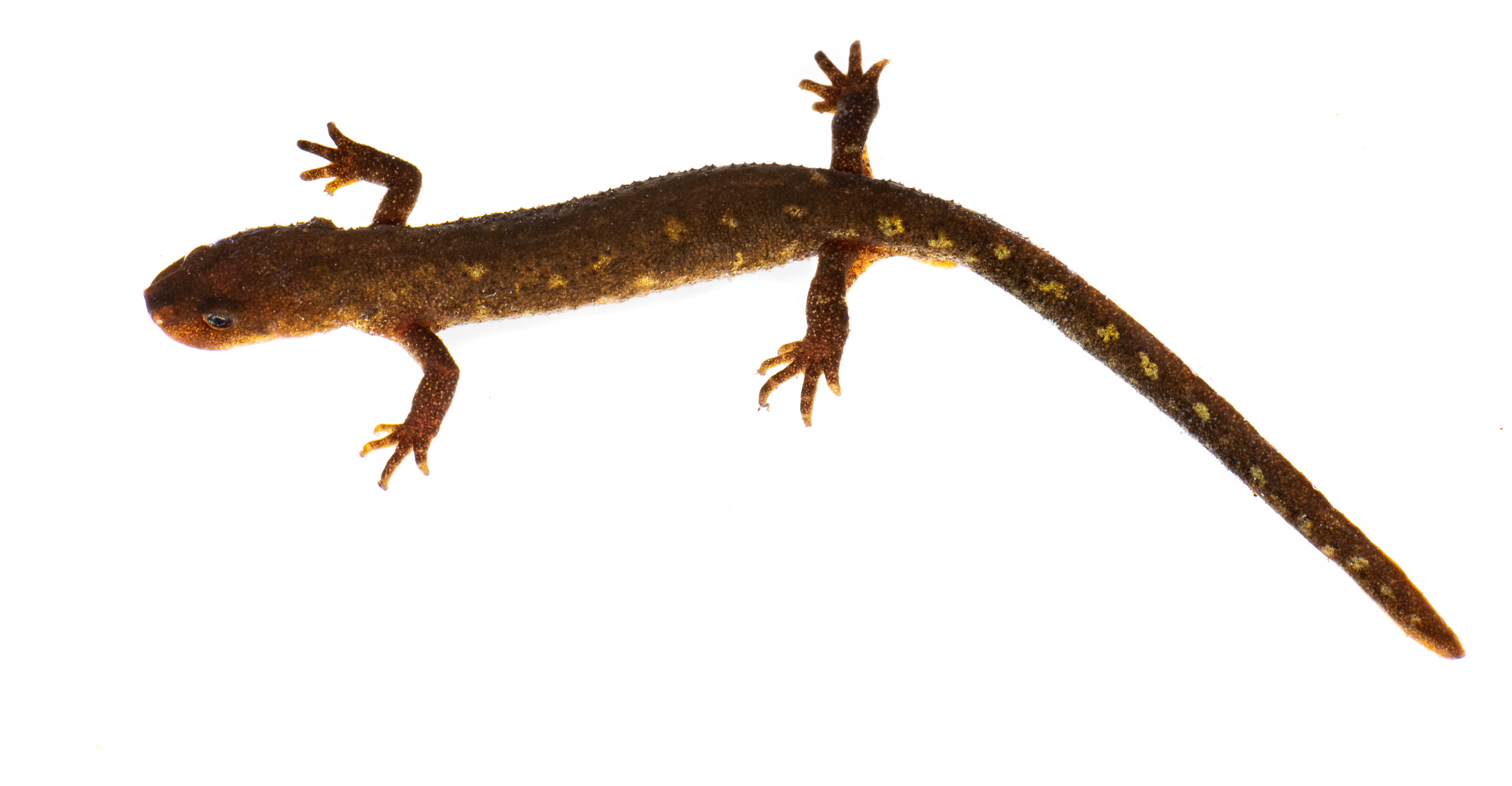Discovered a New Subspecies of the Montseny Brook Newt, a unique and endangered animal in catalonia
A study led by the Institute of Evolutionary Biology (IBE) has discovered a new subspecies of the Montseny brook newt, the only vertebrate endemic to Catalonia.
The study reveals key data about its ecology that may contribute to the conservation of this critically endangered species.

In the Montseny Massif, divided by the Tordera river basin in Catalonia, resides a unique amphibian named after its habitat: the Montseny Brook Newt. With a population of only 1,500 individuals, this small animal is the only vertebrate endemic to Catalonia and the most threatened amphibian in Europe.
This is partly because its habitat is confined exclusively to the Montseny Massif, where its small population is divided into two lineages between the east and west sides of the massif. Both lineages have remained separate over time and evolved independently, but until now, had been considered the same subspecies.
Now, a team led by the Institute of Evolutionary Biology (IBE), a joint centre of the Spanish National Research Council (CSIC) and the Pompeu Fabra University (UPF), has discovered that the western lineage constitutes a new subspecies, the western Montseny Brook Newt (Calotriton arnoldi laietanus). This discovery may contribute to the protection of the Montseny Brook Newt, as it provides key data on its ecology and conservation.

Western Montseny habitat. Credit: Adrián Talavera.
Discovered a new subspecies of the Montseny Brook Newt
The study analyzed morphological, genomic, and ecological data to uncover the differences between the two lineages of the Montseny Brook Newt.
"Based on a recent study in which we sequenced more than 100 individuals from all known populations, we discovered that the genome of the western Montseny Brook Newt was more different than expected. Integrating ecological and morphological differences, we determined it was a new subspecies," said Salvador Carranza, principal investigator at IBE, where he leads the Systematics, Biogeography, and Evolution of Reptiles and Amphibians group and who led the study.
The research also revealed that the western Montseny Brook Newt inhabits streams mainly covered by holm oaks and at lower altitudes than their eastern counterparts. This subspecies, C. arnoldi laietanus, was named after the Iberian people who once shared its habitat, the Laietani. It has a more robust morphology, distinctive silver speckling on the sides of the body, and in the case of males, a whitish snout as they age.
"In contrast, the eastern Montseny Brook Newt is slenderer and typically inhabits streams within beech forests. Unlike the western newt, it has yellow spots that allow it to camouflage among the leaf litter," commented Adrián Talavera, "laCaixa" predoctoral researcher at IBE and first author of the study. "Knowing these ecological differences between both subspecies can be key to their conservation," he added.

Eastern Montseny brook newt female (Calotriton arnoldi). Credit: Adrián Talavera.
New insights for the conservation of the Montseny Brook Newt, a critically endangered species
The Montseny Brook Newt inhabits a very restricted area of the massif that gives it its name. Its dispersal ability is so low that its populations barely move a few meters each year and never leave the water. This makes its populations prone to fragmentation, complicating the conservation of this critically endangered species.
Threats to its survival, such as global warming, emerging diseases, human-induced habitat loss, and depletion of groundwater, can concentrate in such a limited area and wipe out this species in a short period. To ensure its survival, from 2017 to 2022, the LIFE Tritó Montseny program was developed at the initiative of the Diputació de Barcelona, Barcelona Zoo, Diputació de Girona, Forestal Catalana, and the Government of Catalonia, with the collaboration of the Montseny Biosphere Reserve, which has played a key role in active conservation carried out to date.
Currently, conservation programs continue, including the breeding of the species at the Torreferrussa, Pont de Suert, and Bagà Fauna Centers, Barcelona Zoo, Chester Zoo in the UK, and the Calafell Research and Environmental Education Center (CREAC) to populate new areas of the massif that may be suitable for the species.
So far, reintroductions have been carried out in 8 new streams in the Montseny: 5 in the western area and 3 in the eastern area of the massif. In total, more than 3,000 individuals have been reintroduced into their natural habitat in Montseny.
"Fortunately, since the beginning of the conservation program, the two subspecies have been treated independently as a precaution, and the two populations have been managed differently in breeding and handling. Our study confirms the correctness of these measures, while ensuring they are not mixed in the future," says Adrián Talavera.
"We have strict regulations to protect endangered species, but often subspecies and their different needs go unnoticed," comments Salvador Carranza. "The description of this new subspecies may achieve greater protection for this amphibian that is unique in the world and a symbol of Catalan biodiversity."

Western Montseny brook newt. Credit: Adrián Talavera.
This research has received support from the "la Caixa" doctoral fellowship program, the Ministry of Science, Innovation and Universities of Spain, the Diputació de Barcelona—Natural Spaces Area, the Government of Catalonia, and the LIFE15 NATO/SE/000757 project.
Referenced Article: Talavera A, Valbuena-Ureña E, Burriel-Carranza B, Mochales-Riaño G, Adams DC, Amat F, Carbonell F, Carranza S. 2024. Integrative systematic revision of the Montseny brook newt (Calotriton arnoldi), with the description of a new subspecies. PeerJ 12: e17550 DOI 10.7717/peerj.17550
